Pamphlets, broadsides, newsletters, flyers,
leaflets, booklets, chapbooks, and zines
From one to maybe 24 pages, quickly and cheaply produced and easily distributed – these print forms fit my style. Over the years I’ve produced many variations on the form.
Recently, I’ve started turning some of my blog posts into small publications. I make them myself and call them “String Tales.” I reformat the text and images, print them on an inexpensive color printer that prints up to 11×17 inches, fold them twice, hang them on a line, and give them away.
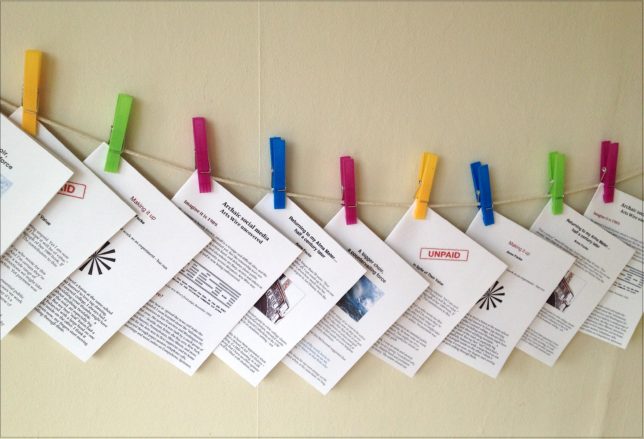
The inspiration for the form is a tradition I first learned about from Don Russell, a friend in Washington DC who founded and runs Provisions Library: Art for Social Change.1 Literatura de cordel, or “string literature,” is a popular form of publishing that thrives in Brazil. Don and a team from Provisions traveled to Brazil to research the tradition. After their trip, the Provisions team put together a mobile print workshop and took it into DC neighborhoods.
Wanting to know more, I followed leads from the Provisions website to other references and stories about this “string literature” and who makes it.
They are the bards of the backlands, traveling with their poems from town to town and market to market. Practitioners of an art form that originated in medieval Europe and is now mostly obsolete elsewhere, they nonetheless continue to thrive here.2
— Larry Rohter describing “the troubadours of Brazil’s backlands”
These poets and storytellers travel through towns in northeastern Brazil, reciting or singing their stories and poems in marketplaces, often to townspeople unable to read or write, and offering them for sale in small, cheaply-printed booklets pinned on cords or strings (cordel) hung across market stalls. Bold woodcut graphics on the covers attract passers-by.
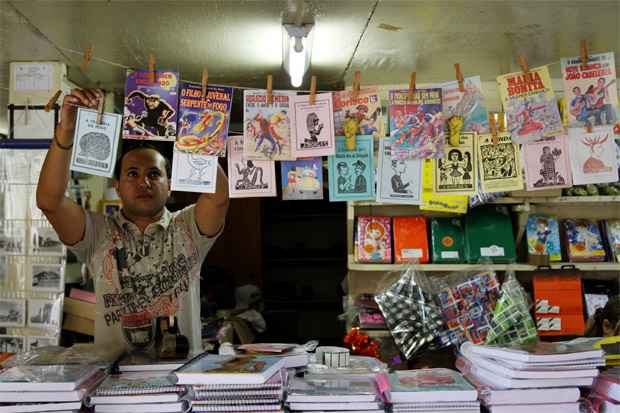
The roots of the tradition are deep, fed by many sources – one-page flyers brought to Brazil from Portugal in the 16th and 17th centuries, song traditions of medieval troubadours, Iberian ballads, and moral themes from biblical stories and from African and Brazilian-Indian traditions.
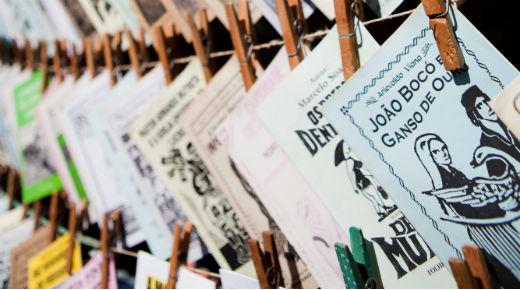
Literatura de cordel is a living, breathing, popular tradition with themes that range from fantastic heroes to local politics. According to a blurb describing a 2011 symposium on cordel, themes include “critiques of current international and local events, humor and satire, adventure, romance, sensational or moralistic narratives, religion, the exploits of heroes and bandits, environmental concerns, educational advice on health and child-care, and more.”3
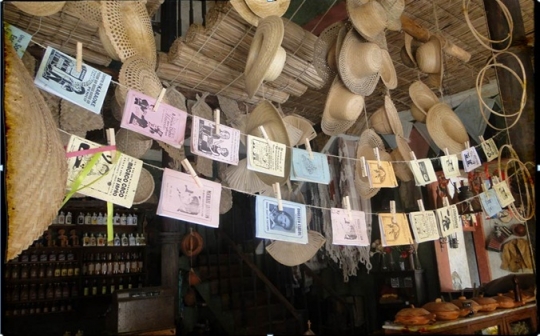
In addition to the traditional chapbooks, cordel blogs are now active on the internet. A quick online search for “cordel blogs” demonstrated just how true this is. Even though I know no Portuguese, I lost myself moving from one site to the next.
Especially as the form is practiced today, cordel stories can take oral or print or now digital forms. I’ve long been fascinated by the potential of a story or an idea that begins in live conversation and gets picked up and shared in print, with details and meaning shifting slightly. Then that print piece, in turn, might be put online, again with adaptations. Or the order might change, with a digital piece prompting a conversation, which becomes a reference in a book or magazine.
I’m grateful for the capacity of digital networks to send messages, like my blog posts, across otherwise impassable distances. But I’m willing to bet that when I hand someone one of my String Tales rather than giving them a link to my website, the chance that they’ll actually read it increases a hundredfold.
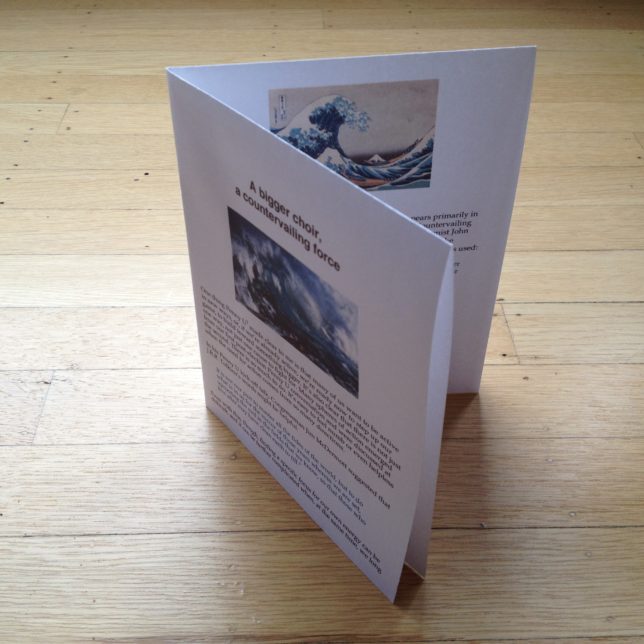
References
1. Provisions Library: Art for Social Change
From the website: “Provisions investigates the relationship between art and social change through research, production, and education. From its library home in George Mason University’s School of Art in Fairfax, Virginia and at sites throughout the District, Provisions produces and supports projects in the US Capitol Region and across the globe.”
2. “Troubadours of Brazil’s Backlands,” Larry Rohter, The New York Times, June 14, 2005.
3. Literatura de Cordel: Continuity and Change in Brazilian Popular Culture, a symposium, American Folklife Center, 2011.
Sources of cordel photos
Arte em cordel, Museu do Cordel Curiosidades.
Aula de arte, Literatura de Cordel, 19 de Novembro de 2015.
Espaço de la Cruz, Fotos – Decoração e diversão 2.
Photos of String Tales are my own.
![]()